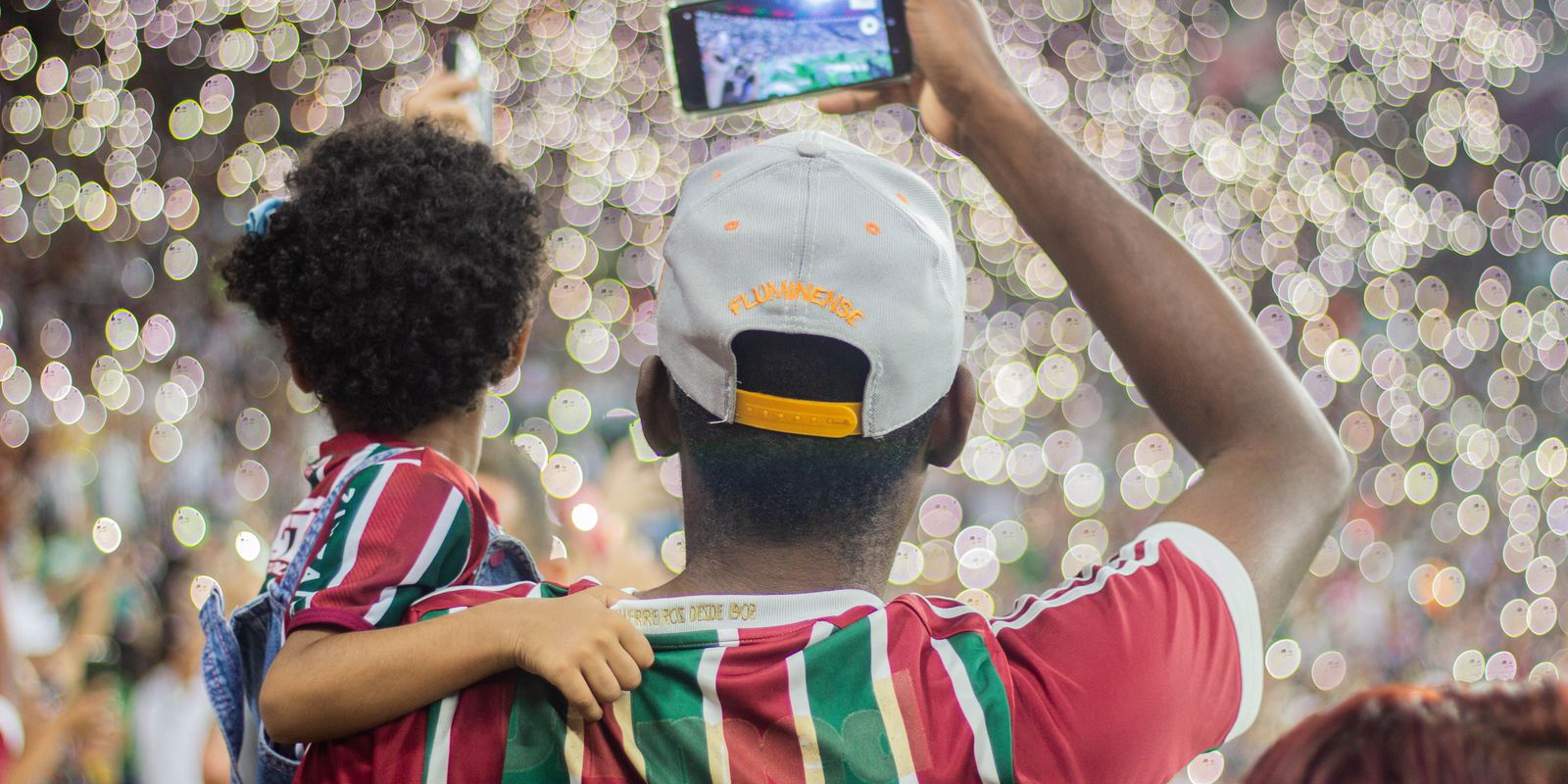“He looks like a poor devil, defenseless and unarmed. Illusion. In fact, the crowd can save or kill a team.” Sixty-four years after the publication of the chronicle “O Quadrúpede de 28 patas”, Nelson Rodrigues’ perspective on the importance of fans in football remains current. A representation that is not limited to the stands and that gains more and more relevance due to what happens outside the stadiums.
“Throughout the 20th century, the relationship between football and capitalism was always present. Sports newspapers are created, fans consume the news, experience [o time do coração], travels to watch the game and talks about it throughout the week. There is a whole structure conditioning the before, during and after. The sports industry has realized this and has been increasing this potential. The club’s brand becomes a brand and the player himself is a brand”, described researcher Bernardo Buarque de Hollanda, professor at the School of Social Sciences at Faculdade Getúlio Vargas (FGV), to Brazil Agency.
“[Para isso, é necessário] get to know your fans in depth, go beyond the rankings, know who they are, what their basic profile is. Gender, social class, age group, distribution in the country and media habits, to address content to them. Advertising and marketing are the so-called recurring revenues, those you can predict”, continued Rafael Plastina, founding partner of Consultoria Convocados.
According to a report by Convocados, developed in partnership with XP Investimentos, 16% of the revenues of the main clubs in the country, on average, came from advertising and marketing in 2021. It is only the third source of income for teams, behind rights transmission (53%) and athlete negotiation (18%). Despite this, the segment went from BRL 715 million in 2020 to BRL 1.061 billion in the following year, a growth of 48%.
“The ideal is for clubs to have a mix, a division in the sources of revenue, which today is still not balanced. On average, over the last five years, only 14% of revenue came from advertising and marketing. We need to increase this average percentage, so that clubs suffer less from external impacts, which he does not control. It’s the club promoting actions for fans to put their hands in their pockets and help the club, in exchange for a valid experience”, analyzed Rafael.
The way fans are informed is also part of the analysis. According to the report, 65% of Brazilians find out about the heart club or their favorite modality on open TV. Social networks, however, already appear with a very close percentage (62%), as well as the online medium (53%), surpassing pay-TV (46%) and radio (25%), showing the strength of digital platforms. The data refer to the last year.
“Nowadays you are not in the stadium, but there are other forms of sociability linked to football that do not necessarily involve being in the arena. This almost omnipresence of the image also guarantees this character that, it seems to me, continues to make football a popular element, despite, in fact, this more concentrating and elitist tendency, which the new arenas have”, considered Bernardo.
The novelty is the growth of streaming (a system for transmitting content via the internet) as a tool for sports consumption. Despite still being lower than other media (23%), the segment represented, in 2021, five percentage points more than in 2020, an increase of 30%. In terms of the community that follows football, the curve rose from 20% to 26% from one year to the next. The period was marked by the enactment of Law 14.205/2021, known as the “Mandante Law”, which allows teams to independently negotiate the rights to broadcast the games they host, impacting negotiations between broadcasters and clubs.
The spraying of platforms that allow watching football and sports in general brings with it the challenge of retaining fans, who are used to doing it via TV (broadcast or paid). It is to make the public identify, naturally, where (and how) to watch the club of the heart and the modalities they like, also considering the financial side.
“As an assiduous consumer of sports, not just football, I often miss the event because I didn’t remember or wasn’t impacted by my streaming service. It is no longer a promise and does not come to replace the TV, but to add, in the best package, in terms of economic and financial balance to all interested parties”, concluded Rafael.










